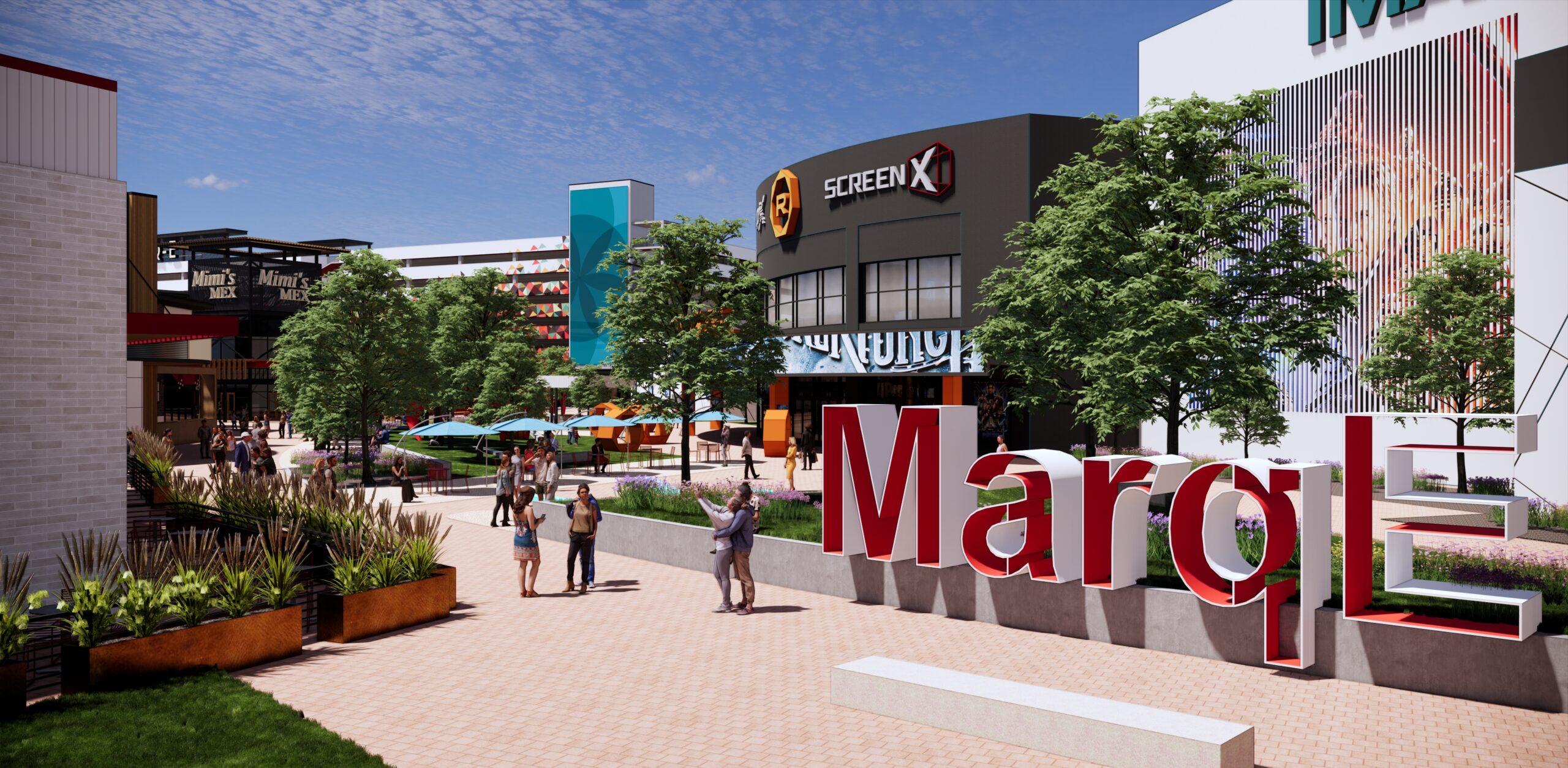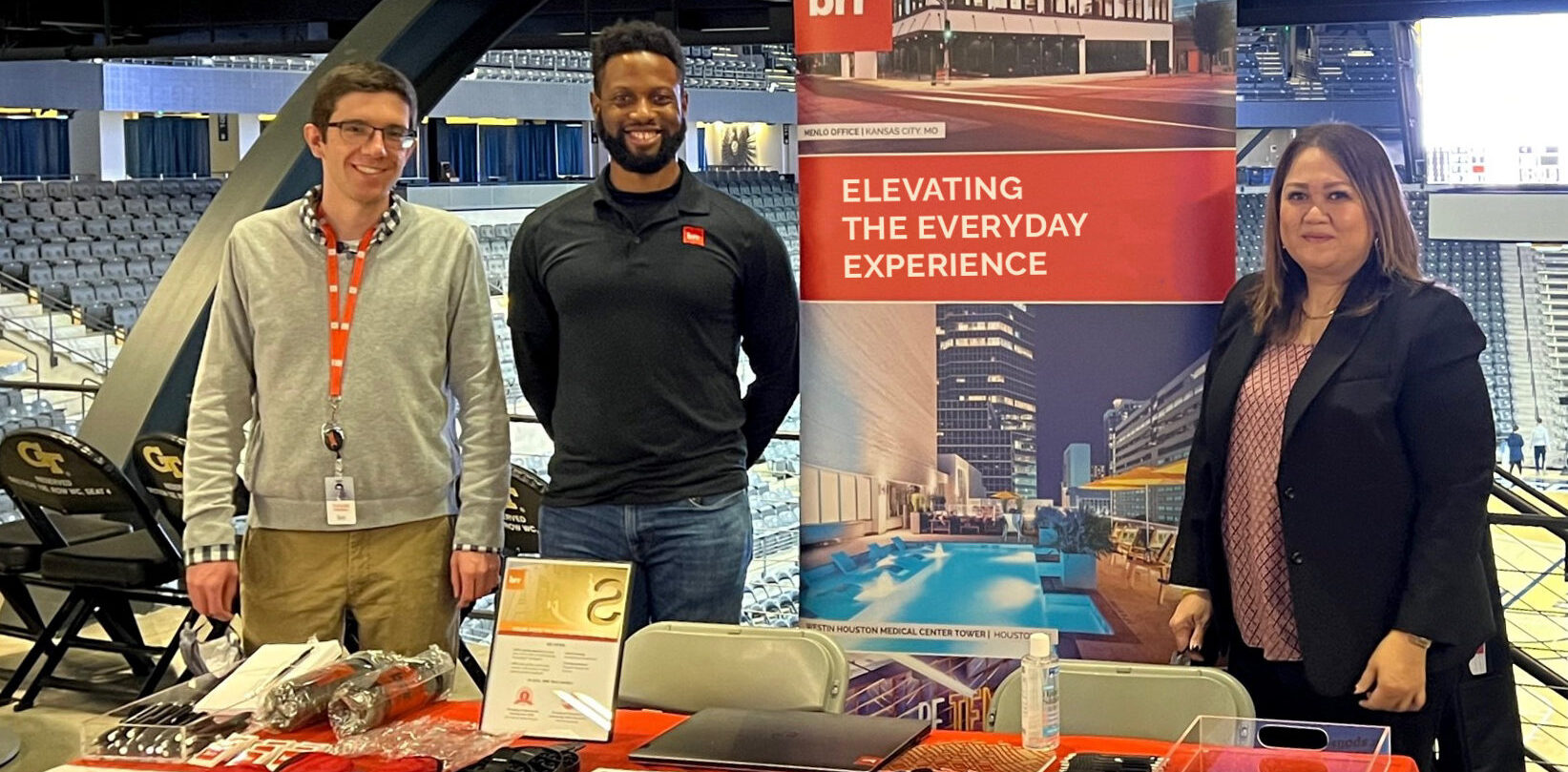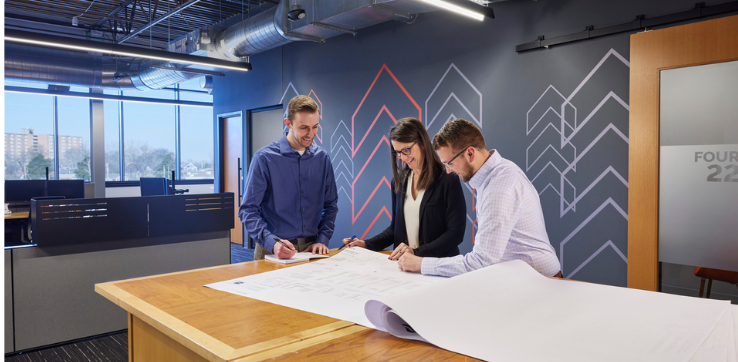As demand in the hospitality market has slowed during the spread of the COVID-19 virus, it has become clear the hospitality industry relies on a delicate balance of economic, global health, and diplomatic factors to be successful. U.S. hotel occupancy had dropped to 26% as of the week of April 21st, 2020 according to hotel data firm STR. With rates continuing to decline, owners are left desperate to bring in cash flow and improve occupancy. The shrinking occupancy and RevPAR rates have driven some hotel chains to work alongside ownership groups to develop creative discount or donation programs for impacted client audiences. For example: American Express partnered with Hilton to donate 1 million rooms and Red Roof Inn provided a Student Support Program.
Despite the current crisis, hotel owners are looking for ways to adapt to the current situation, as well as understand and prepare for the lasting changes and opportunities that it will create.
Already our team has noticed how some companies such as Hilton, Marriott, and Red Roof Inn offer hope of the industry’s ability to quickly recover and adapt to evolving market conditions. Working with hotel owners and operators, these brands are implementing many new technologies, providing flexible flags and portfolio assets, and providing resources for continued success.
Here are some examples:
Technology Drives Opportunity Profits
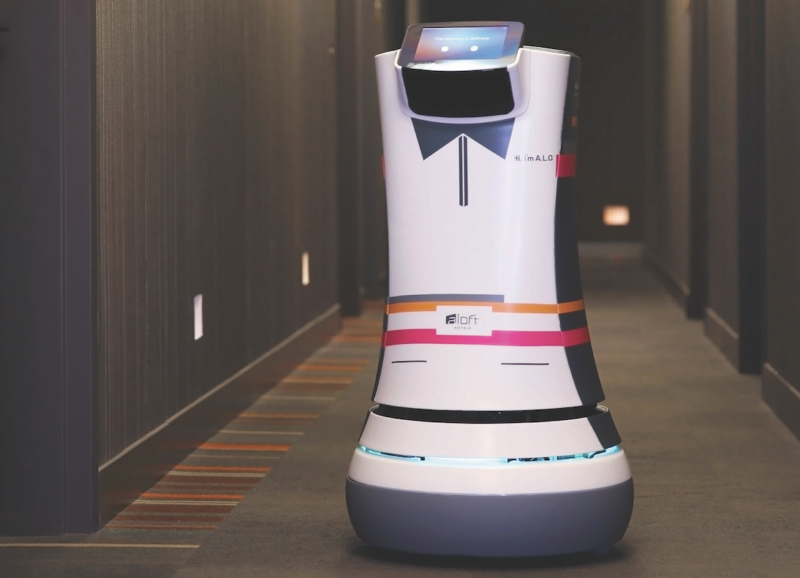 Hotels are often a laboratory for the integration of new technology into the built environment. Companies such as Marriott and Hilton are piloting smart-rooms capable of allowing guests to check in, control the thermostat, and connect individual Netflix accounts to televisions, all through mobile phones. Utilizing no-touch technology such as Bluetooth offers fewer transmission points for germs (a benefit for after the COVID-19 crisis ends), and also provides for an expansion of guest-controlled amenities and features. Additionally, the evolving use of facial recognition (and biometrics in large) also offers hoteliers the opportunity to develop seamless guest experiences without the need for additional operational overhead or staff-occupied stations.
Hotels are often a laboratory for the integration of new technology into the built environment. Companies such as Marriott and Hilton are piloting smart-rooms capable of allowing guests to check in, control the thermostat, and connect individual Netflix accounts to televisions, all through mobile phones. Utilizing no-touch technology such as Bluetooth offers fewer transmission points for germs (a benefit for after the COVID-19 crisis ends), and also provides for an expansion of guest-controlled amenities and features. Additionally, the evolving use of facial recognition (and biometrics in large) also offers hoteliers the opportunity to develop seamless guest experiences without the need for additional operational overhead or staff-occupied stations.
In 2014, Starwood introduced two robots into their Cupertino Aloft Hotel offering back-of-house amenity delivery and room service, resulting in a personalized guest experience while freeing up human staff time. As a result of their success, Hilton’s McLean hotel in Virginia Beach and Marriott’s Hotel EMC2 in Chicago have integrated robots into their user experience and brand image. Continued integration of robots within hotel properties around the world has helped improve service standards, reduce overhead expenses, and helps to provide for ease of continued operations through crisis such as the COVID-19 pandemic or staffing shortages. These types of robots and technologies allows those who adopt them the ability to operate and succeed in difficult market conditions.
Additionally, emerging robot technology can achieve higher-end results for both cleanliness and sanitation in high-need facilities such as hospitals and hotels. The ability of robots to sanitize through UV light technologies, while not a necessary feature of hotels before COVID-19, offers a glimpse into the future impact robot technology may have on improving hotel operations both within standard operation and crisis management. By working these technologies into design concepts and operations plans, hoteliers can take full advantage of their benefits as hotels experience market fluctuations.
Diversify Portfolios
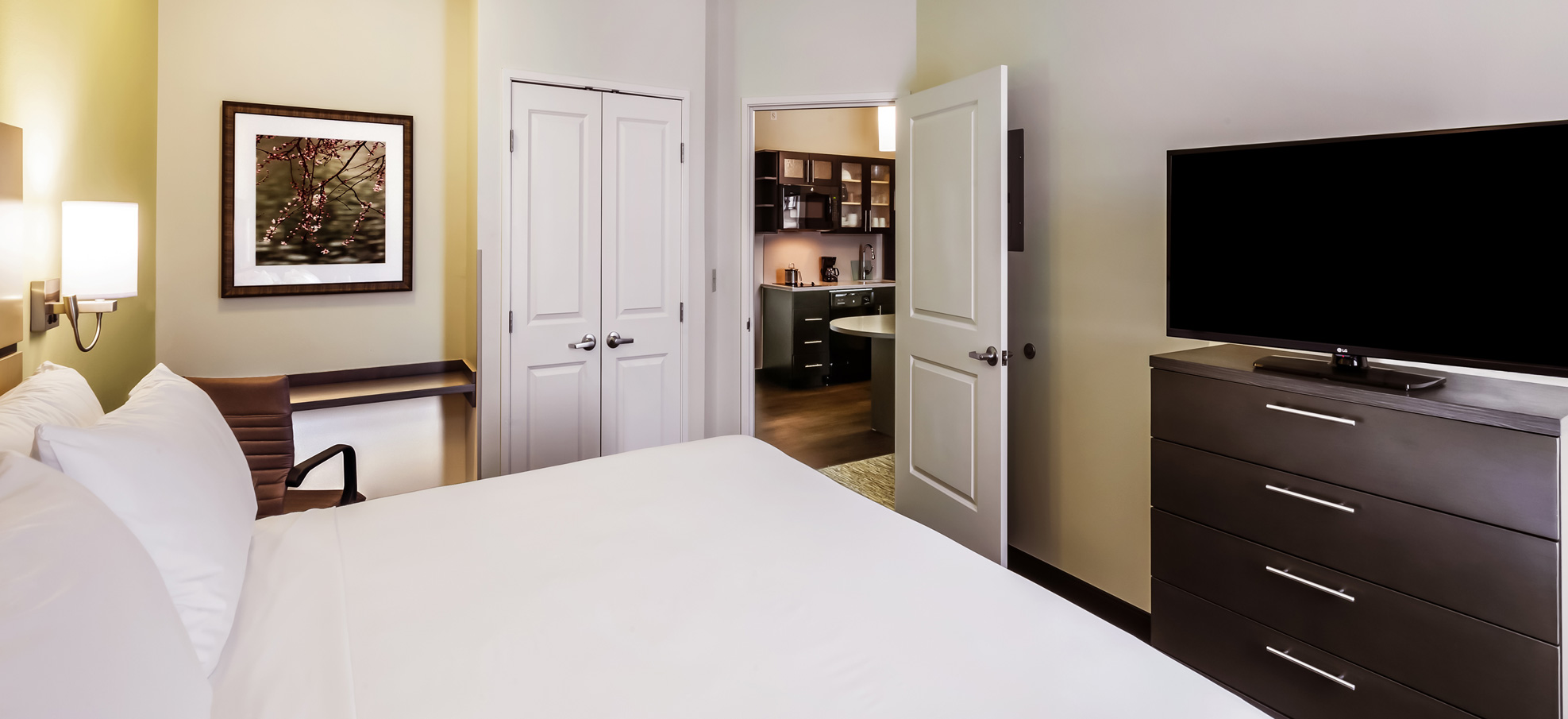 As holds true with financial portfolios, having a diverse portfolio of hotel assets is proving crucial to hotelier success within the wake of COVID-19. According to data from The Highland Group, occupancy rates for the economy extended-stay segment of the hospitality market is continuing to fair significantly better compared to the overall industry and mid-scale markets during the COVID-19 crisis in the United States. The Highland Group’s data shows a 10-15% RevPAR decline in March 2020, comparing to a nearly 57% RevPAR decline in March 2020 for the overall market according to STR data.
As holds true with financial portfolios, having a diverse portfolio of hotel assets is proving crucial to hotelier success within the wake of COVID-19. According to data from The Highland Group, occupancy rates for the economy extended-stay segment of the hospitality market is continuing to fair significantly better compared to the overall industry and mid-scale markets during the COVID-19 crisis in the United States. The Highland Group’s data shows a 10-15% RevPAR decline in March 2020, comparing to a nearly 57% RevPAR decline in March 2020 for the overall market according to STR data.
While the economy extended-stay market offers limited ROI compared to other market segments, the benefits of established development procedures, proven results, and expanding client bases offers opportunities for hoteliers to generate stable profit margins. Brands such as WoodSpring Suites and Everhome Suites by Choice are present as market players, while Extended Stay America and higher-end brands such as Hilton’s Home2 Suites offer extended stay market opportunities.
Compared to the traditional leisure guest market, extended-stay hotels offer opportunities to capture demand from incidents such as natural disasters, employee relocation, and construction. While leisure travel has been significantly impacted by the COVID-19 crisis, residents at extended stay properties are less likely to move away due to the coronavirus. Having an extended stay asset in ones portfolio opens an opportunity to attract construction workers, traveling healthcare workers, tech sector employees and other audiences with little projected decline.
Programs Influence Hoteliers’ Response
The CARES Act, signed into effect on March 27th, created over $2 Trillion in economic relief for the U.S. economy – making it the single largest economic relief package in U.S. history. While the details of the stimulus bill continue to evolve, some of the provisions represent potential sources of aid for hotel owner-operators and their employees through Economic Injury Disaster Loans and the Paycheck Protection Program.
The American Hotel & Lodging Association has set up a resource center to help hotel owners track this fluid situation and understand their options at https://www.ahla.com/covid-19-resource-center. Additionally, the CARES Act may be of benefit to any commercial property owner in that it now treats qualified improvement property (QIP) as 15-year property, allowing for the application of 100% bonus depreciation to eligible QIP. The Act also changes the ADS recovery period for QIP to 20 years and provides that the taxpayer must make the improvements. Improvements that qualify are limited to interior work that does not require structural framework change, building expansion or elevator/escalator repair.
While many hoteliers are focused on reducing carrying costs and paying debt service, those who have available cash reserves or who qualify for the CARES Act are seeing an opportune time to leverage low occupancy rates for renovations. Most major brands and operators have granted permission for owners to tap into reserve funds for working capital and improvement projects, offering another avenue of cash available to complete redevelopment of existing properties.
Hotel PIPs, or Property Improvement Plans, help modernize hotel assets and bring them into compliance with brand standards – offering higher cash flow and enhanced profitability. Updates to public space wall coverings, new paint schemes, and upgraded lighting fixtures are all easy ways to begin improving hotel assets with a limited PIP scope. If furnishing, fixture, and equipment procurement is not an issue for your hotel management team, full PIP scope including upgraded FF&E offers an opportune time for contractors to take full advantage of the current occupancy rates.
More resources for information on the CARES act are available at the following locations:

